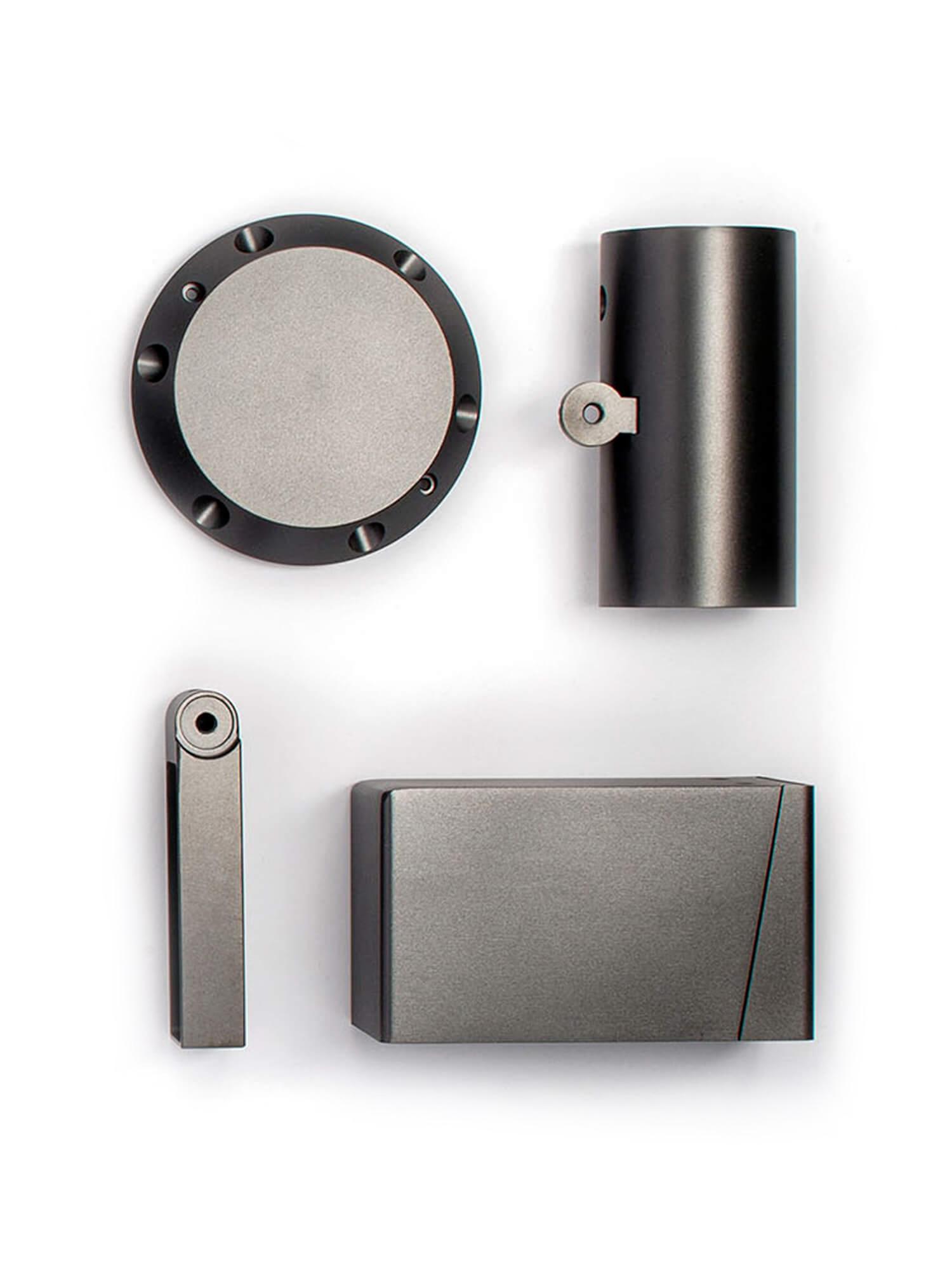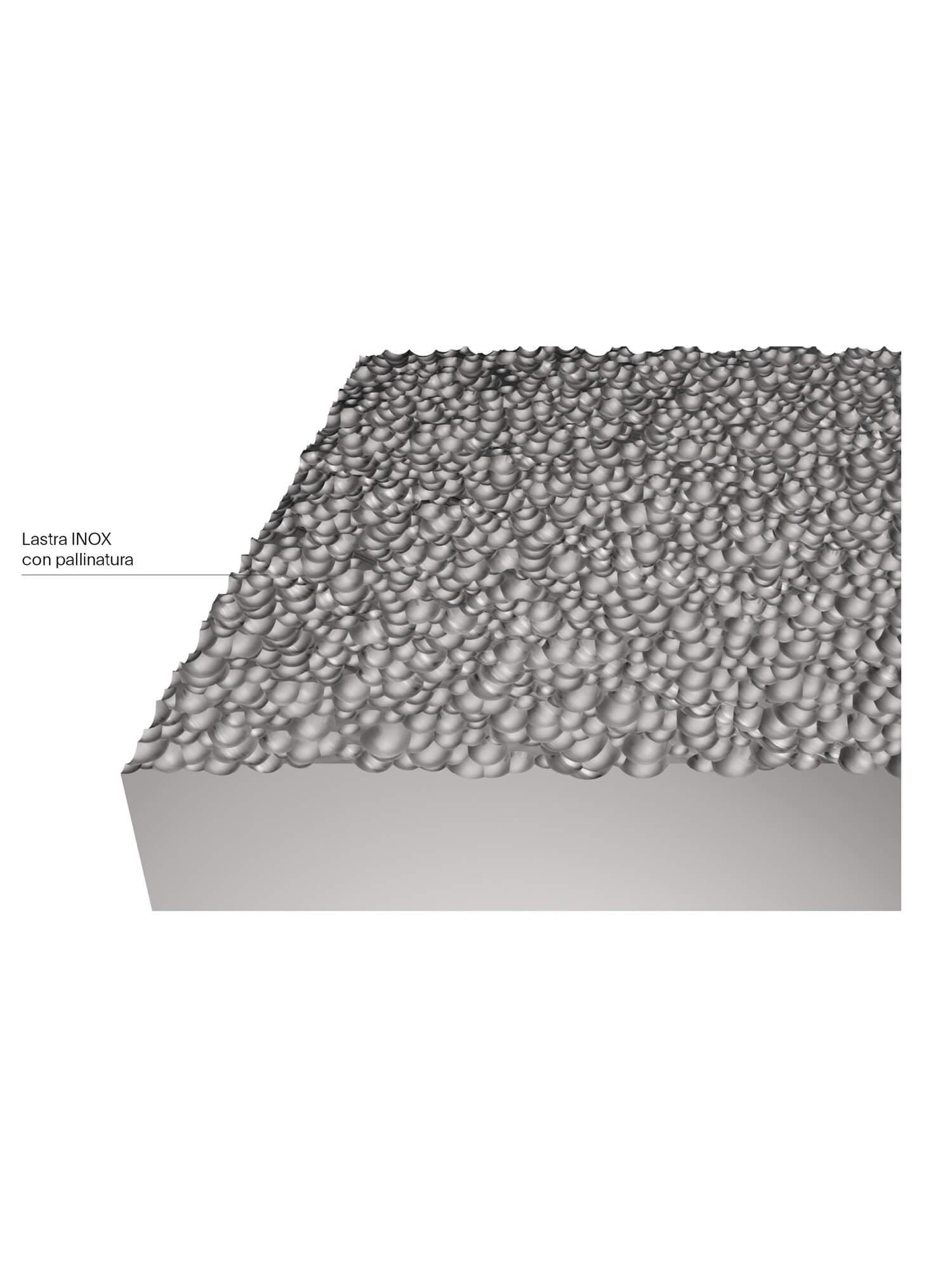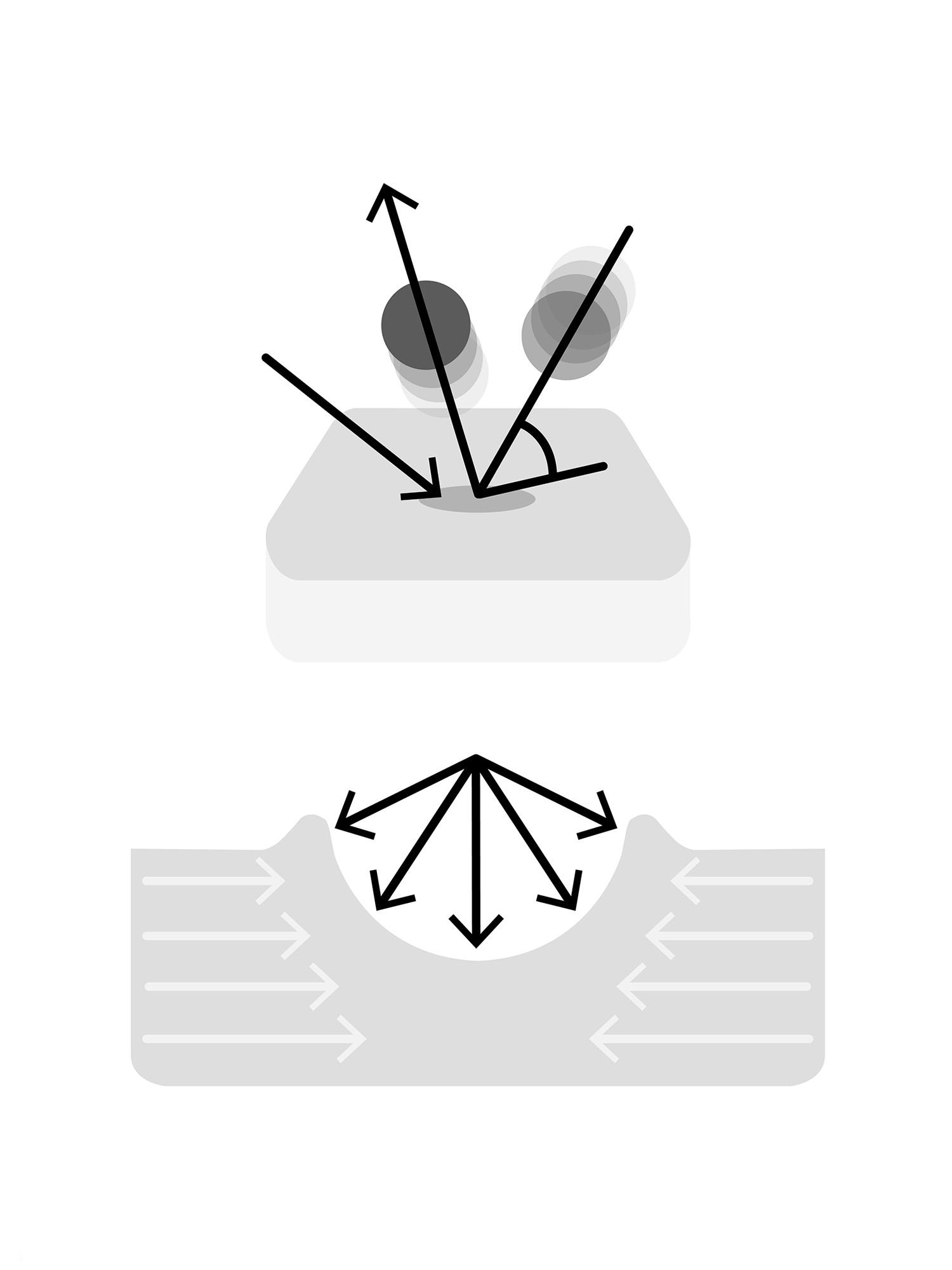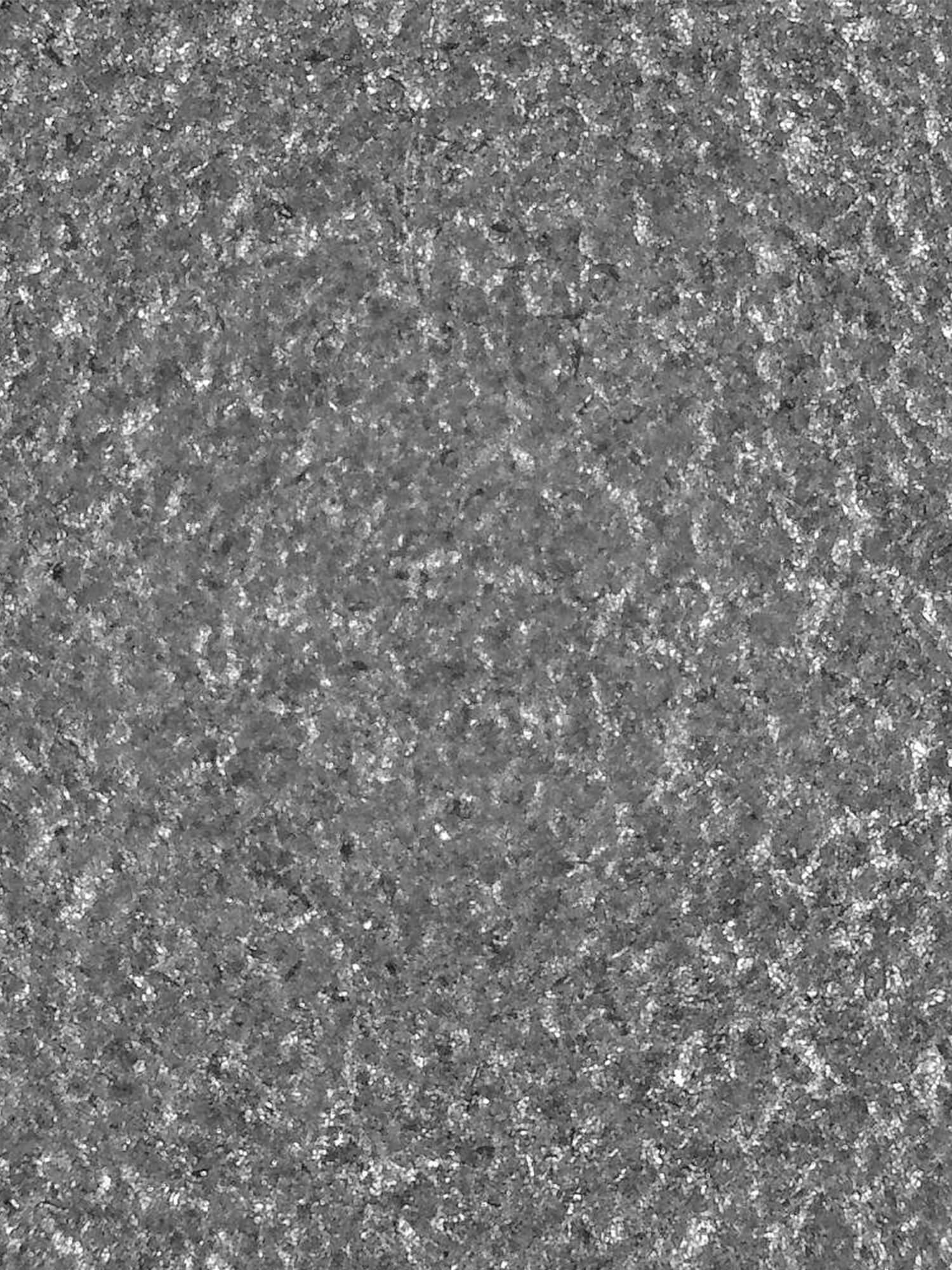Stainless steel shot peening: why is it important in steel processing?
Tradition, innovation and technology

In-depth knowledge of material properties is essential to provide a quality and durable product.
Research and development in the field of stainless-steel processing, the protagonist material of STRAL's production, has over time found the recipe to provide the most valuable and durable material on the market, especially when it comes to outdoor use.
Stainless steel, a material that by nature embodies the concept of versatility, is the subject of constant research in the field of surface finishes, and the results benefit the most diverse sectors: from construction and architecture to the naval sector and even the household appliance sector.
Over the years of using this material exclusively in the production of luminaires, STRAL has specialized in the technical areas concerning the properties and processing that are related to this world.


